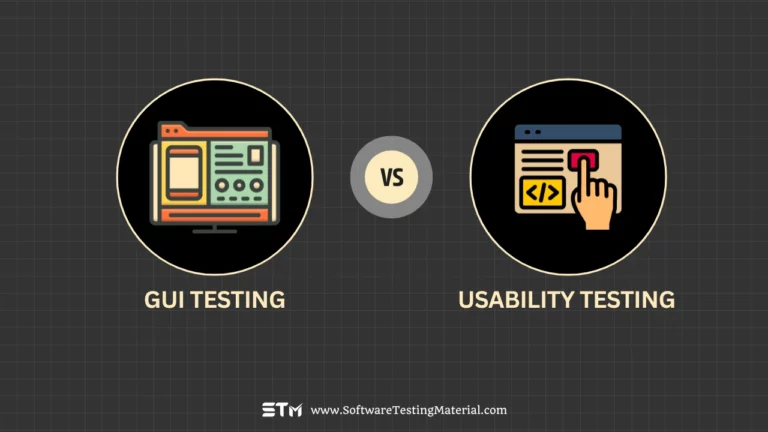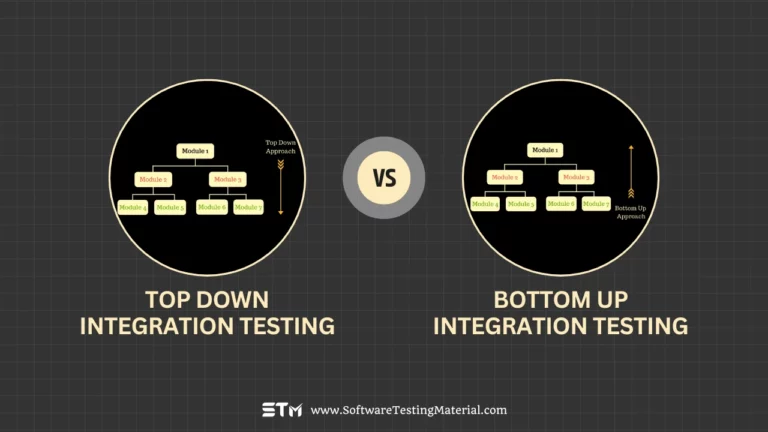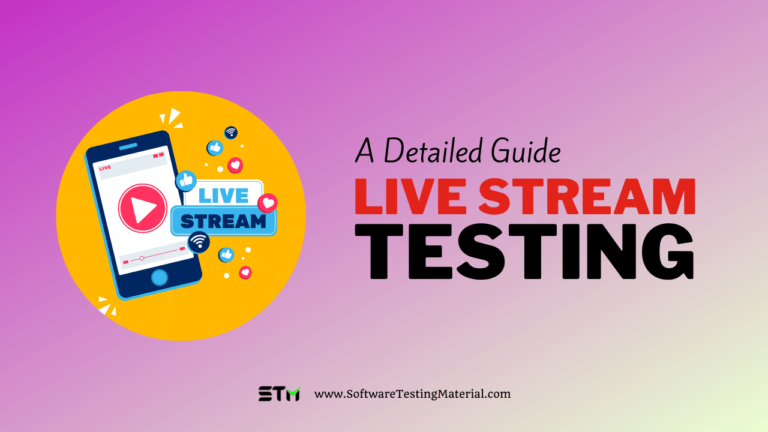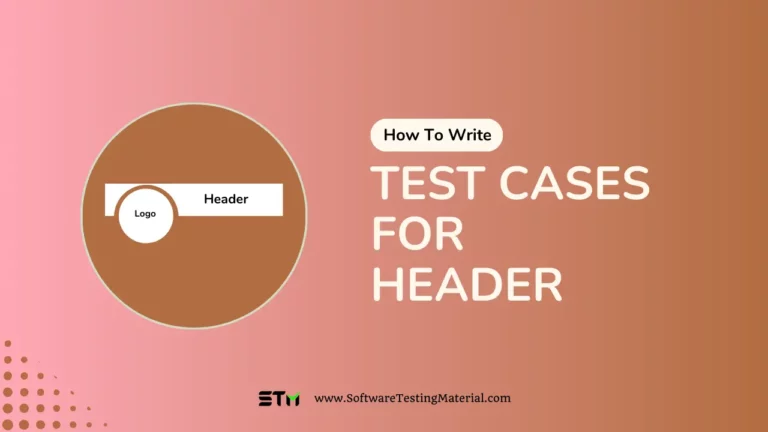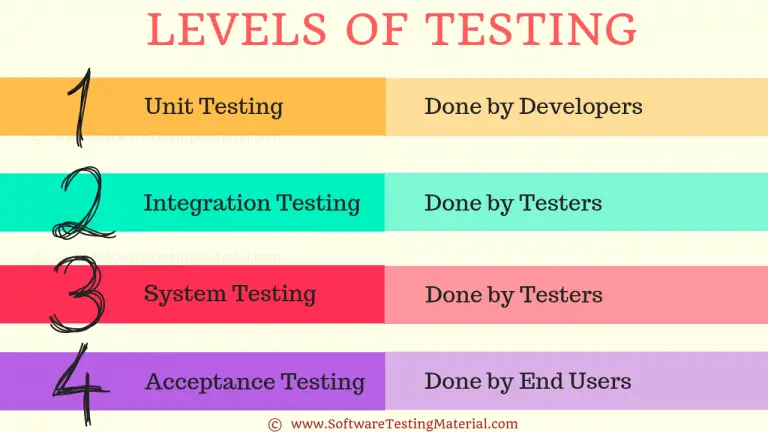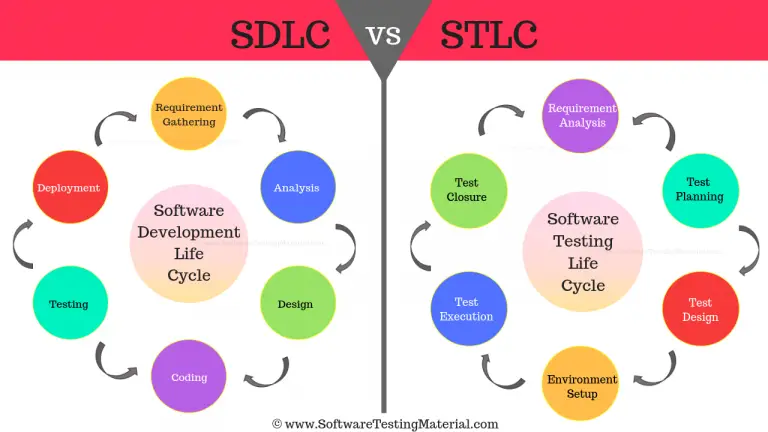BRS Vs SRS in Software Development: Everything You Must Know
Understanding the differences between BRS and SRS is crucial for successful project planning and execution. In this article, we will learn BRS Vs SRS in detail.
When developing software, it is essential to clearly understand what the business needs and how the software should function. This is where two important documents come into play—Business Requirement Specification (BRS) and Software Requirement Specification (SRS). Both documents outline key aspects of the project but serve different purposes. The BRS focuses on the broader business goals and the problems the software aims to solve, while the SRS provides detailed technical requirements to guide development.
What is Business Requirement Specification?
A Business Requirement Specification (BRS) is a detailed document that outlines the expectations, needs, and high-level requirements of a business or client for a specific project or system. It acts as a guide for the development team to ensure that the final product meets the business objectives and solves the problems it is intended to address. The BRS focuses on “what” needs to be achieved rather than “how” it will be implemented, making it more about the goals and outcomes from a business perspective.
The BRS helps all stakeholders stay aligned and ensures that the project’s purpose and goals are clearly communicated. This document bridges the gap between business owners and technical teams.
Example of a BRS:
Imagine, if a company is developing an e-commerce platform, the BRS might include:
- Business Goal: Increase online sales by 20% within the first year of launch.
- Business Requirement: Allow customers to easily browse and purchase products through an intuitive online store.
- Business Requirement: Include features such as product search, filters, and customer reviews to enhance user experience.
- Business Requirement: Support multiple payment methods, including credit/debit cards, PayPal, and digital wallets.
- Business Requirement: Offer multi-language support to expand the customer base internationally.
By defining these business requirements, the BRS helps align organizational objectives with the project and ensures the final product delivers measurable value to the company.
What is Software Requirement Specification?
A Software Requirement Specification (SRS) is a detailed document that outlines all the requirements for a software project. It serves as a guide for development teams to understand exactly what needs to be built and how it should function. The SRS document describes both functional and non-functional requirements, ensuring that all aspects of the project are considered before development begins.
Functional requirements explain what the system should do, such as features, actions, and tasks the software must perform. For example, in an online shopping platform, a functional requirement could be “The system should allow users to add items to a shopping cart.” Non-functional requirements focus on how the system should perform, like speed, reliability, security, or compatibility. For instance, a non-functional requirement might specify, “The website should load within 2 seconds.”
An SRS is critical because it provides a common understanding between all stakeholders, including business owners, developers, designers, and testers. It removes ambiguity and ensures everyone is working toward the same goals, reducing the chances of errors or misunderstandings during the project.
Example of an SRS:
Imagine a company is building a mobile banking app. The SRS might include:
- Functional Requirement: Users should be able to log in securely using a username and password.
- Functional Requirement: The application should allow users to check their account balance and transaction history.
- Non-Functional Requirement: The app should ensure all transactions are encrypted to maintain user privacy.
- Non-Functional Requirement: The app must work smoothly on both Android and iOS devices.
By addressing all these requirements upfront, an SRS ensures the development team builds a product that satisfies user needs and meets quality standards.
Difference between Requirement Vs Specification
By understanding the distinction between requirements and specifications, teams can ensure smooth communication and better alignment during the development process.
| Aspect | Requirement | Specification |
|---|---|---|
| Definition | A requirement describes what the user or stakeholder needs from a system. | A specification outlines how the system will be designed to meet the requirements. |
| Purpose | Helps identify and clarify the user’s expectations or goals for the system. | Provides detailed instructions for developers to implement the system. |
| Level of Detail | High-level and often broad in nature, focusing on the “what”. | More detailed and technical, focusing on the “how”. |
| Audience | Mainly for stakeholders, users, and project managers. | Primarily for developers, testers, and designers. |
| Flexibility | Can be abstract and open to interpretation in some cases. | Must be precise and leave no room for ambiguity. |
| Example | The system should allow users to make online payments. | The system will enable payments via credit card, debit card, and PayPal, using secure APIs for transactions. |
Difference between Business Requirement Specification Vs Software Requirement Specification
By clearly understanding the differences between BRS and SRS, teams can improve collaboration, ensure clear communication, and execute projects successfully while meeting both business and technical requirements.
| Aspect | Business Requirement Specification (BRS) | Software Requirement Specification (SRS) |
|---|---|---|
| Purpose | Describes the high-level business needs and objectives of the project. | Outlines the detailed technical requirements for building the system. |
| Focus | Focuses on “what” the business wants to achieve. | Focuses on “how” the system will achieve the desired functionality. |
| Audience | Intended for business stakeholders like clients, managers, and executives. | Written for technical teams like developers, testers, and system architects. |
| Detail Level | High-level, with broader goals and functionality descriptions. | Very detailed, covering precise technical specifications and designs. |
| Example Content | The system should help users track expenses easily. | The system must allow expense tracking with category filters and charts. |
| Language | Written in simple, non-technical language. | Written in technical language with clarity for developers. |
| Changes | Easier to change and often updated during the project lifecycle. | Harder to change; needs proper management to avoid development conflicts. |
| Validation | Ensures the business problem is understood correctly. | Ensures the technical solution meets the identified business needs. |
| Ownership | Owned by business analysts or stakeholders. | Owned by the technical team, often led by system analysts or developers. |
Conclusion
In conclusion, understanding the difference between a Business Requirement Specification (BRS) and a Software Requirement Specification (SRS) is crucial for successful project execution. While the BRS focuses on outlining business goals and user needs in simple terms, the SRS translates these into detailed technical requirements for development teams. Both documents play essential roles and help ensure that the final product meets business expectations while being technically feasible. Clear communication and collaboration between teams can bridge the gap between business and technical perspectives, leading to better project outcomes.

